Nicaragua Travel Log from FBRA Science Teacher Liddell Shannon
Adventure Travel has been a passion of mine for many years. With the FBRA school schedule, I have the opportunity to play, learn, and grow alongside my students during the school year as well as have enriching experiences with my family during the summer. Last summer my wife, Robin, and I traveled to Guatemala for a month where we met some other travelers who recommended we explore Nicaragua. After doing some research, we decided Nicaragua would be the perfect place to visit this summer. Our trip was filled with the types of activities our students have during our FBRA Costa Rica Cultural Immersion experiences. We arrived at our host family’s house in the middle of the night after a long day spent on airplanes and in airports. Our flights had been a little delayed because of the weather and we also had to spend some time registering our binoculars with the customs agents at the Managua airport. We learned later that binoculars with night vision capabilities are not allowed in Nicaragua, so thankfully ours were okay. It was a little unnerving communicating in rusty Spanish with the security guards about wanting to watch birds for fun.
The next morning we met our delightful host family and got a ride to school. For the first week we went to Spanish lessons in the morning and explored the colonial city of Grenada in the afternoons. We were learning and practicing Spanish in our school, in our interactions with our host family, and in our afternoon excursions. Though I do find my daily Duolingo practice to be a nice vocabulary refresher, nothing is as effective for gaining Spanish confidence as cultural immersion. As each day passed, I felt better able to understand spoken and written Spanish as well as speak and be understood.
One of my favorite parts of international travel is trying new foods. Meals with our host family were similar to what we have during our FBRA trips to Costa Rica. Beans, rice, and plantains are mainstays. The real delight for me was the tropical fruit. Tiny bananas, pineapples, limes from our host family’s tree, and mangoes all featured on our plates each day. We enjoyed a traditional Nicaraguan dish of Baho on a daytrip to Masaya. Baho is a steamed dish of beef, pork, yuka, plantain, and other vegetables served in a banana leaf with cabbage slaw. We paired my new favorite dish with the national beverage of Nicaragua, pinolillo. Cinnamon spiced ground corn and cacao make the drink a little gritty, so stirring it often between sips is a must. It can be served hot or cold. I prefer it cold because the weather in Nicaragua is quite hot in June and July.
As a 6th Grade Science Teacher and nature enthusiast, one priority for me was to explore volcanoes. We accomplished this task on 4 different occasions. While we were in Grenada, we hiked to the rim of Mombacho Volcano and were able to feel the heat and smell the sulfur coming out of a fumarole. We kayaked and swam at Laguna de Apoyo – a clear lake partially fed by hot springs in a volcanic crater. The highlight of our stay in Laguna de Apoyo was running into a FBRA alum. FBRA Girls Program first graduating class student, Hope Robinson, was taking a summer trip with a fellow UC Boulder classmate to Nicaragua and we happened to be in the same place at the same time. Robin and I were eating lunch in the cafe and we heard, “Is that Ms. Shannon?” Robin had to remind me to control my volume because I was speaking so loudly and excitedly about how unbelievable it was to have a Salamander Sighting in Nicaragua. Hope was in my first advisory in 2015 – the Optimistic River Otters, making this spontaneous reunion even more special.

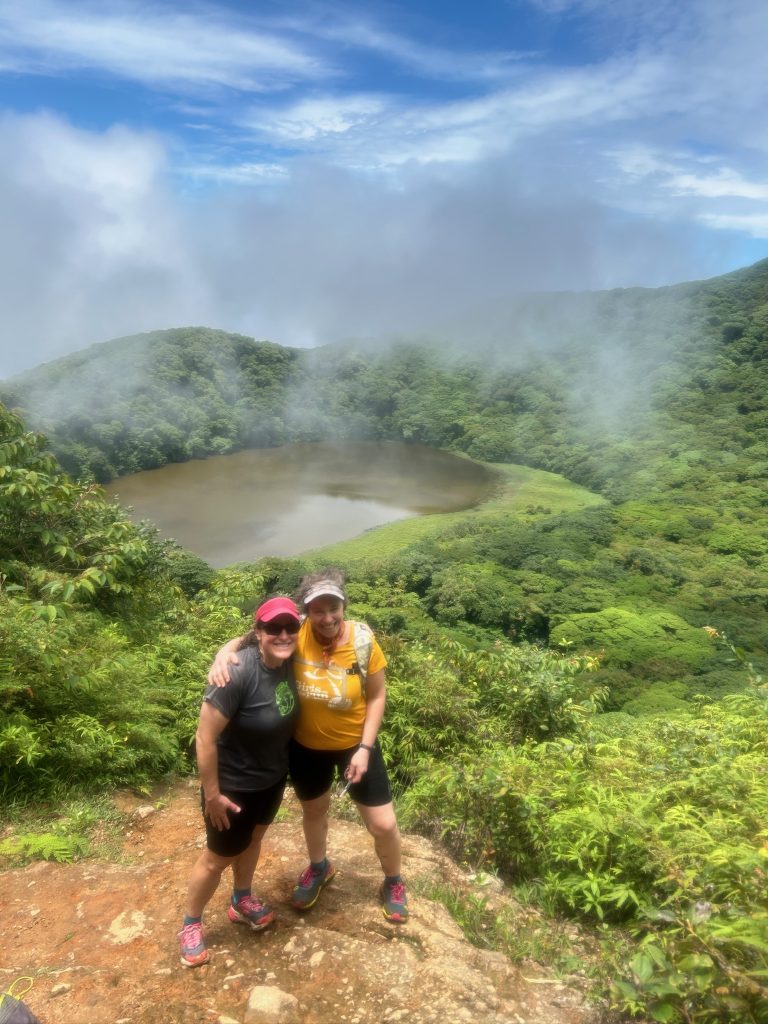
Robin and I got to use our binoculars at Laguna de Apoyo when we saw the national bird of Nicaragua, the turquoise-browed motmot. Later while taking a walk around the lake, we encountered dozens of howler monkeys. This was a highlight for Robin especially because it was her first time to experience monkeys in the wild. The sounds they make are breathtaking and haunting at the same time.
After leaving Laguna de Apoyo, we traveled by Ferry across Lake Nicaragua to the volcanic island of Ometepe. With our lovely guide, Numo, we hiked to the top of Volcan Maderas. Our 8-hour journey took us past coffee farms and through cloud forests where we spotted white faced capuchin monkeys and more howler monkeys. During our final climb, our guide found a crab in the trail. Who knew there were crabs in a creek on a volcano in the middle of a freshwater lake? For us it was a new and novel experience that we are unlikely to forget. After Numo picked up the crab for a photo and put it back into the water, it clicked its claws in a show of aggression that was quite endearing for such a small creature.
Our most adventurous volcano excursion was on Cerro Negro near the city of Leon. International travelers we had met along our journey had all spoken highly of this experience. Cerro Negro is a famed tourist spot. Because of the direction the wind was blowing during the last eruption, one side of the volcano is covered in fine ash and grit. The guided trip involved a hike up the rocky side and across the rim. Once we reached the top, the guides taught us how to safely sled down to the bottom on the steep ash slope. Everyone wore brightly colored coveralls, masks and safety goggles. The guides used a radar gun to track our speed.
When it was my turn I had a blast! I used my heels to slow myself like they had taught us, but after a while I was going so fast that I slid off my board. After hopping back on and beginning again, I stayed in the tracks of the other volcano boarders who had gone before. I was smiling so much during my trip down the volcano that the gap between my face and the goggles channeled volcanic ash into my face. The whole experience was thrilling, new, and a little scary.
My volcano travel dreams had been achieved and then some. We still had one week left to explore and decided to spend it on an island in the Caribbean called Little Corn Island. When we were planning the trip, Robin had expressed interest in learning how to scuba dive. I had had other opportunities in the past to learn Scuba and had never tried it. I was honestly a little scared. I had experienced some ear pain while snorkeling and was nervous that diving would make that unbearable. I was anxious and hesitant. After some hemming and hawing I decided to give it a try. We signed up to take the PADI Open Water Dive course with a dive shop on the island. Little Corn Island is a special place. It is two miles long and less than a mile wide. There are no cars or motorcycles on the island. Its white sands and crystal blue waters are enchanting. It’s hard to get to, but worth it.
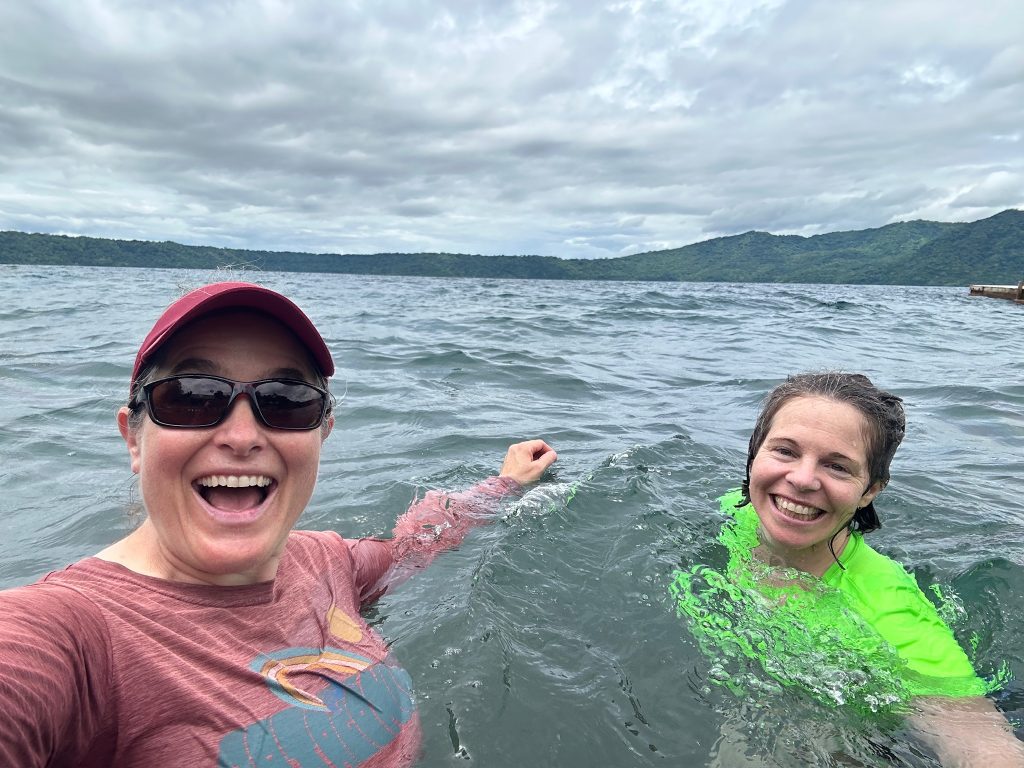
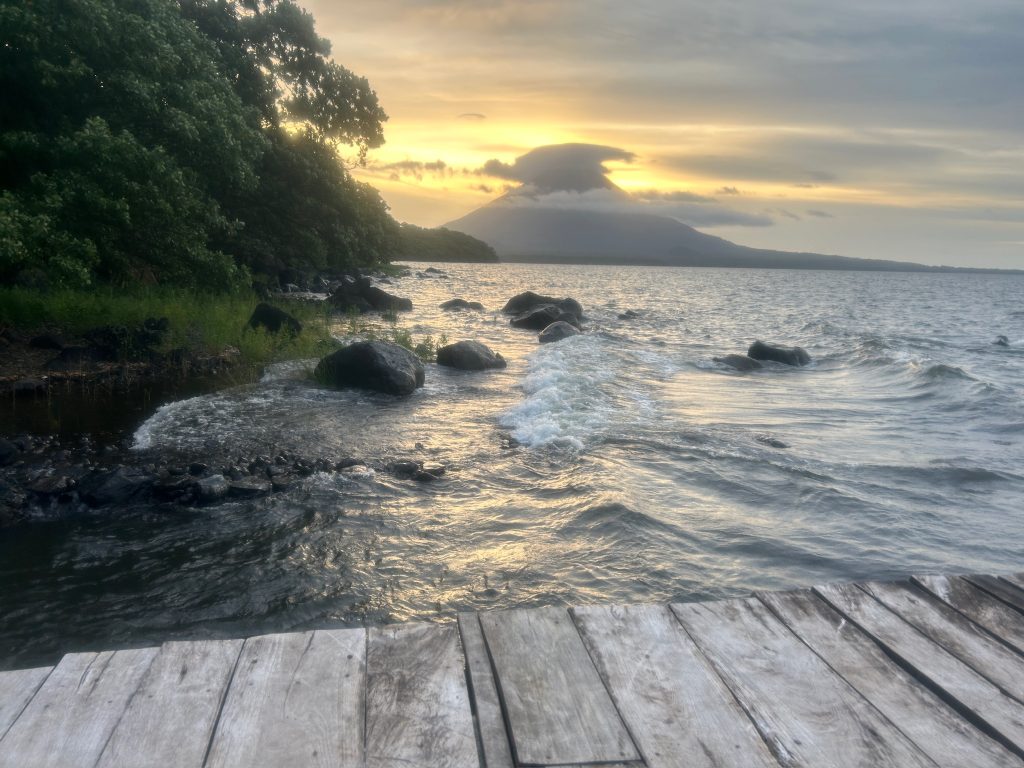
After a short flight to Big Corn Island and an exceptionally bumpy boat ride to Little Corn, we arrived at our accommodations and settled in. Coconut and sea grape trees helped provide shade to our sandy beach-front bungalow. We spent some time in hammocks and we walked around the island to get our bearings that first day and got to sleep early in anticipation of our early start the next day.
During the morning we had some time in the classroom learning about air and what happens to it at depth. The science teacher in me was nerding out about buoyancy, pressure, and the interaction of compressed air with the human body. The outdoor trip leader in me was captivated by the scary consequences of not following the safety protocols. I was feeling fairly intimidated and nervous at this point. We got a tour of all of the equipment we would be using to keep us safe and learned the pre-dive safety check. Our dive instructor walked us into the calm water across from the shop and we used our BCD’s (buoyancy control devices) to keep us at the surface. While floating at the surface we took our first breaths underwater. What a surreal experience. For our first descent my anxiety about ear pain was at the forefront of my mind. I used every strategy our dive instructor taught us to equalize (wiggle your ears, massage your neck, pinch your nose shut and breath out a little, ascend a little bit and try again). After what seemed like several minutes, I was able to eliminate the pinching pressure in my ears and I felt immense relief.
Once underwater, everything got quiet. I could hear my own breathing and it was more calming and meditative than I had imagined. So much of my previous perspective relied on my movement in two dimensional space. Like other gravity bound humans, I normally experience movement forwards, backwards, and side to side. With scuba diving, you add the additional ability to move vertically. Not only does the vertical movement add to the experience of floating in space, my field of view increased as well. I had to consciously remember that I could not only look around, but also above and below me as well. This took some adjustment, but was a very cool part of learning this new skill.
With very little time to adjust to this wildly new perspective, we practiced our hand signals to communicate and were taught how to clear water out of our masks in case they got flooded. We went on our very first “real dive” later that day. The boat took us to Stanley Reef where we descended to 30 feet and saw lots of fish, two sharks and a stingray. Later that first day we were back in the classroom watching videos and taking tests on the material we had just learned.
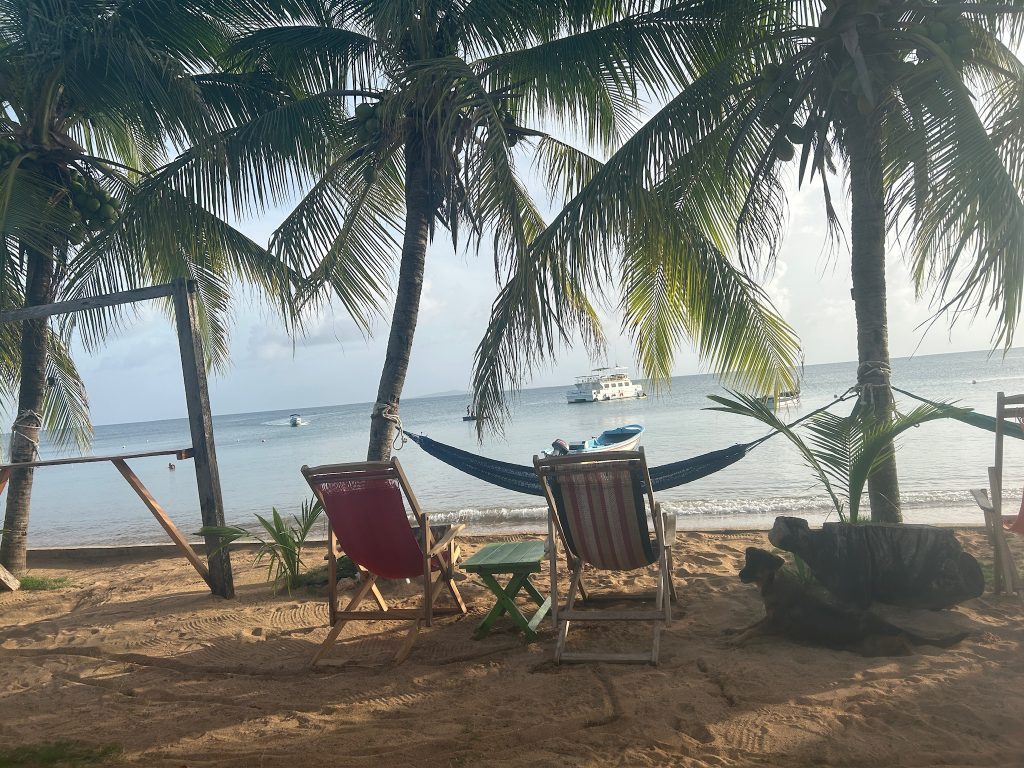
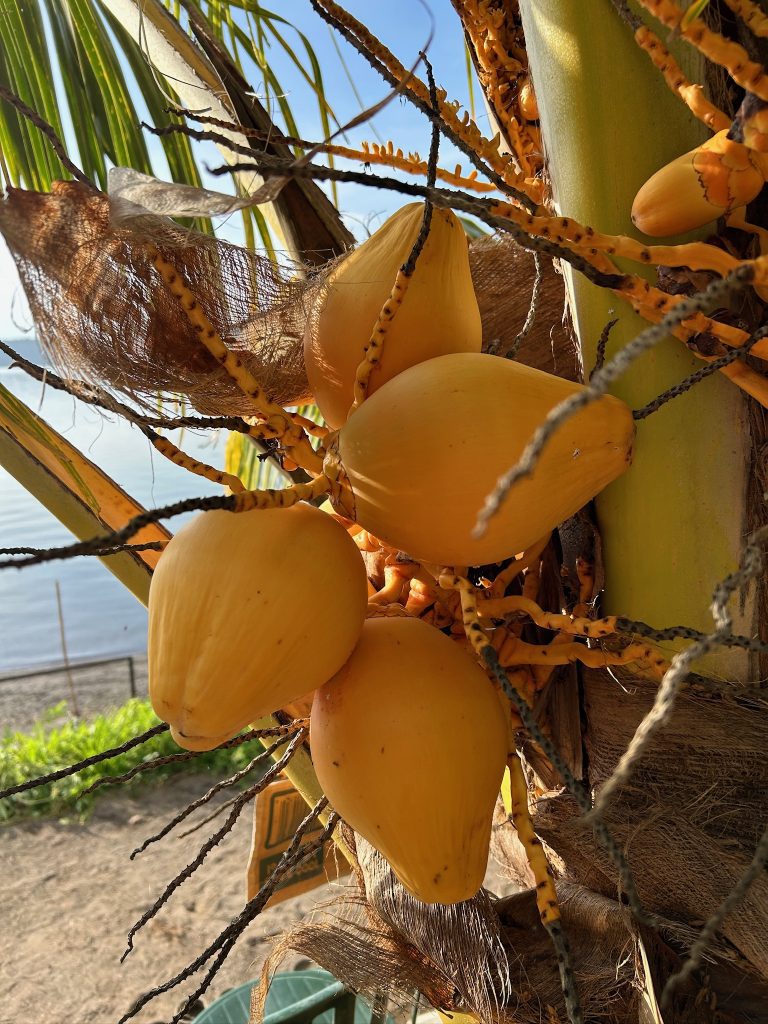
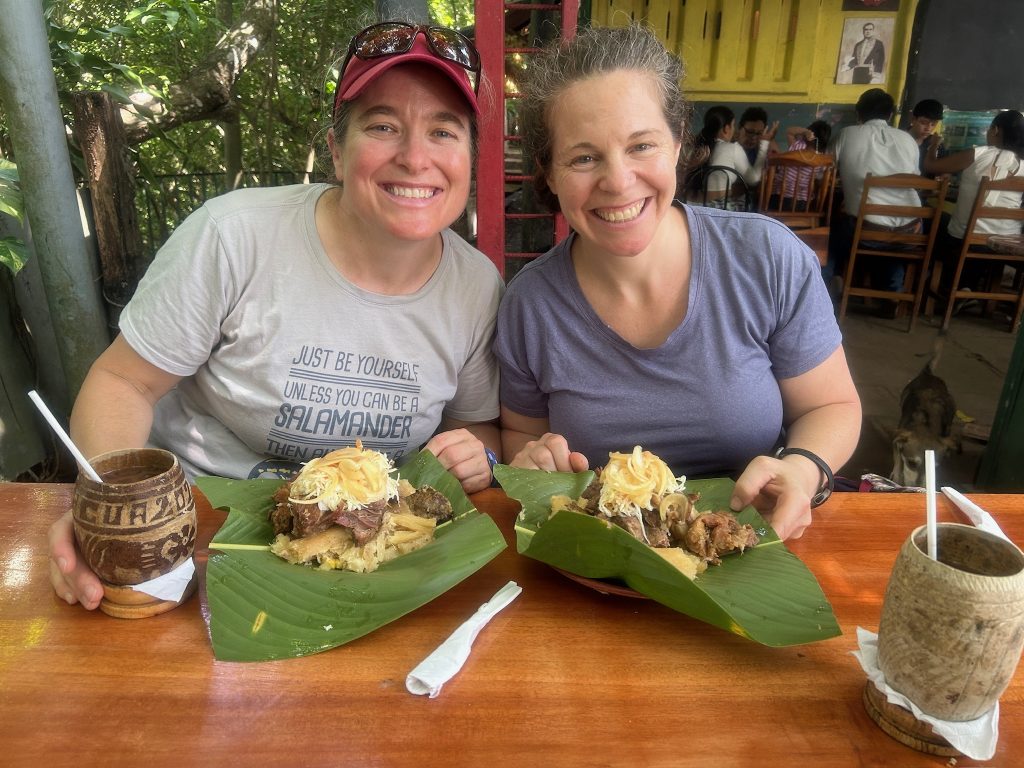
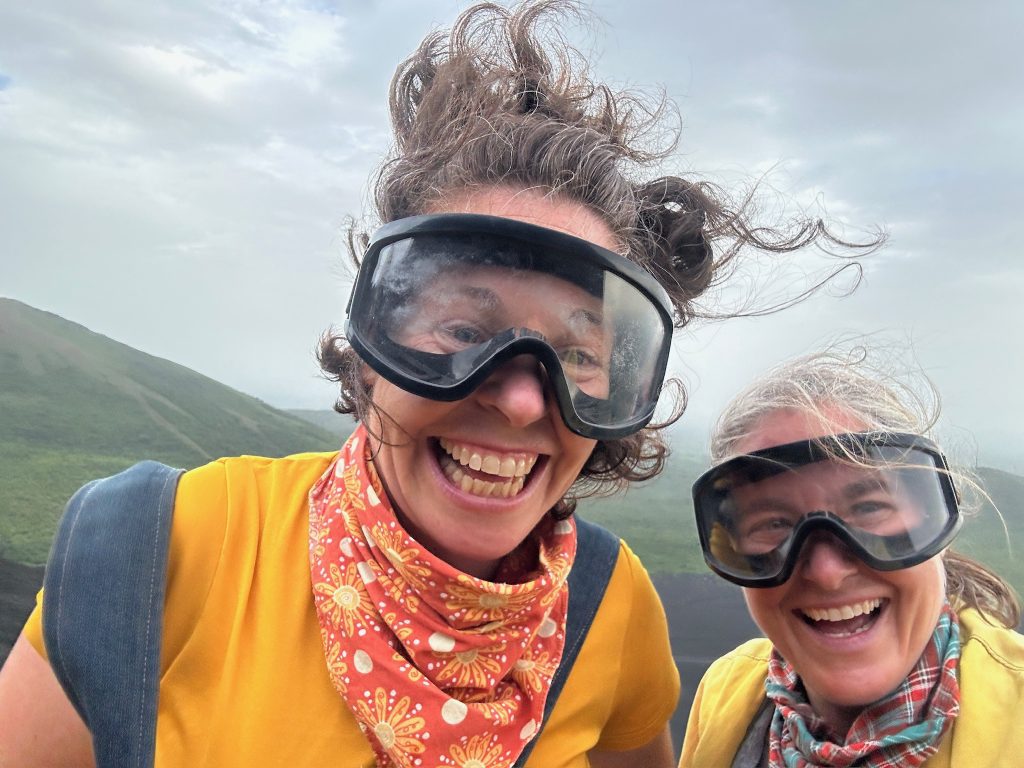
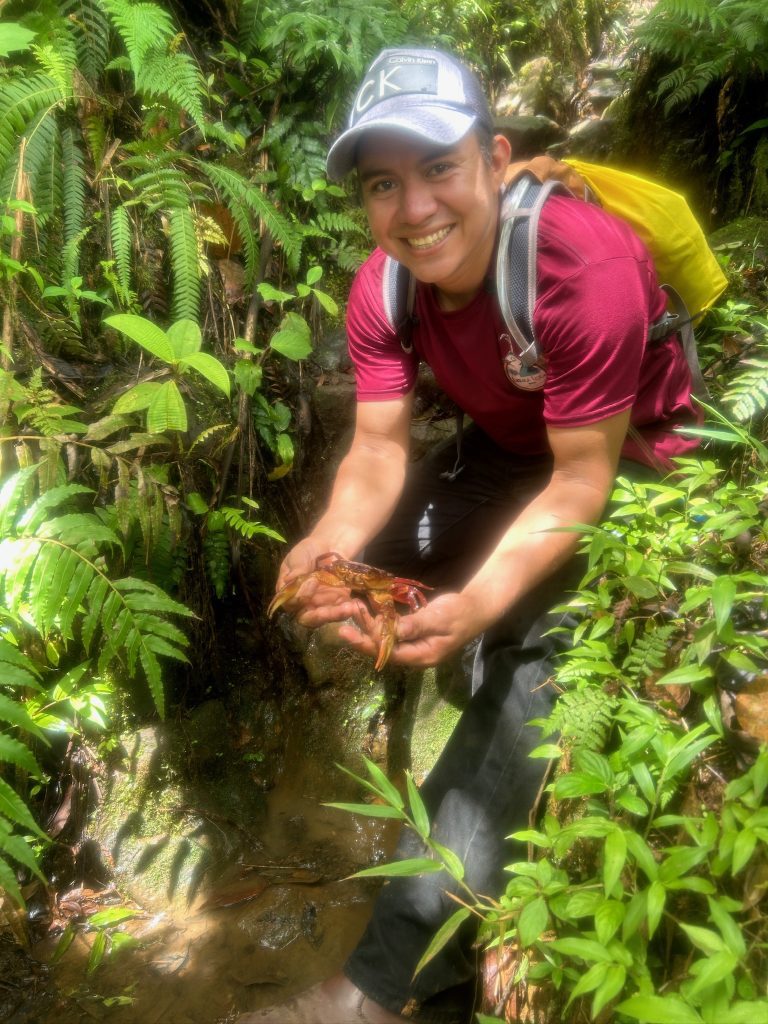
As a FBRA teacher, I facilitate learning for my students every day. Being a nervous participant and learning a new set of skills for the first time gave me so much compassion for the experiences of our students. Understanding how to use the safety equipment, breathing underwater, and equalizing my ears for the first several dives not only helped to expand my comfort zone, but also helped me grow and gain resilience. With each dive I felt more confident and competent. Learning how to scuba dive was stressful and exhausting while at the same time empowering and exciting.
As I reflect back on this trip, I feel such gratitude for the privilege of learning, growing, and playing in a new country. I feel the satisfaction of learning and practicing Spanish, the pride of growing and expanding my comfort zone through scuba diving, and the delight of getting to experience new and novel foods and adventures in nature. The complex mixture of exhilaration and exhaustion, nervousness and empowerment, anxiety and delight gives me a deeper appreciation for my own resilience and a deeper connection with my wife and the people we met along the way.
I have such respect and compassion for the determination shown by our students when they experience our FBRA Cultural Immersion trips to Costa Rica. What a privilege to have these sorts of growth-filled and joy-filled experiences in community with classmates and teachers as a middle school student at age 12 to 14. Wow! Our students are AWESOME!!!!
